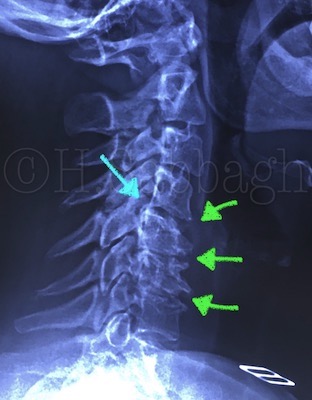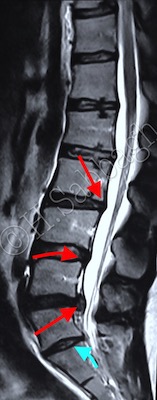C4-5 Posterior Compartment Instability – Complicating C5-6 Sub-articular Discopathy – Left Neuroforaminal Compromise; Acute Moderate Left C5 Radiculitis (Clinical Case Review) (CR – 33)
Abstract
The Chiropractic profession has always distinguished itself by its unique approach to bio-mechanical disorders of the spinal column, emphasizing inter-segmental dysfunction (ISD) and its neuro-musculoskeletal implications.
However; it should be pointed out that intersegmental hypo-mobility, recognized as one of the components of ISD, is not always the main etiology of a spinal bio-mechanical disorder.
Compensational hypo-mobility, referred hypo-mobility, and stabilization hypo-mobility are some of the examples which require further attention.
As such, some hypo-mobility are best left intact, as attempting to remove them can have negative bio-mechanical, as well as neurological manifestations.
This clinical case review involved a patient with a chief complaint of neck and upper back pain of 6 weeks duration, who was referred to a Chiropractic clinic. Following physical examination and obtaining plain film radiology study, the patient was admitted for treatment.
A total of three sessions of Chiropractic treatments were performed, which lead to significant increase in patient’s symptoms, and left arm radiculitis, which was not part of the initial chief complaint.
The clinical decision making process including choice of diagnostic imaging, lack of accurate bio-mechanical diagnosis, and the utilized technique, have been reviewed.
The importance of distinguishing different types of hypo-mobility, appropriate diagnostic imaging, and an accurate working diagnosis, were also discussed.
Further emphasis on recognition of unstable segments, as direct contraindication to all forms of manipulations, including Chiropractic adjustments, was made.

